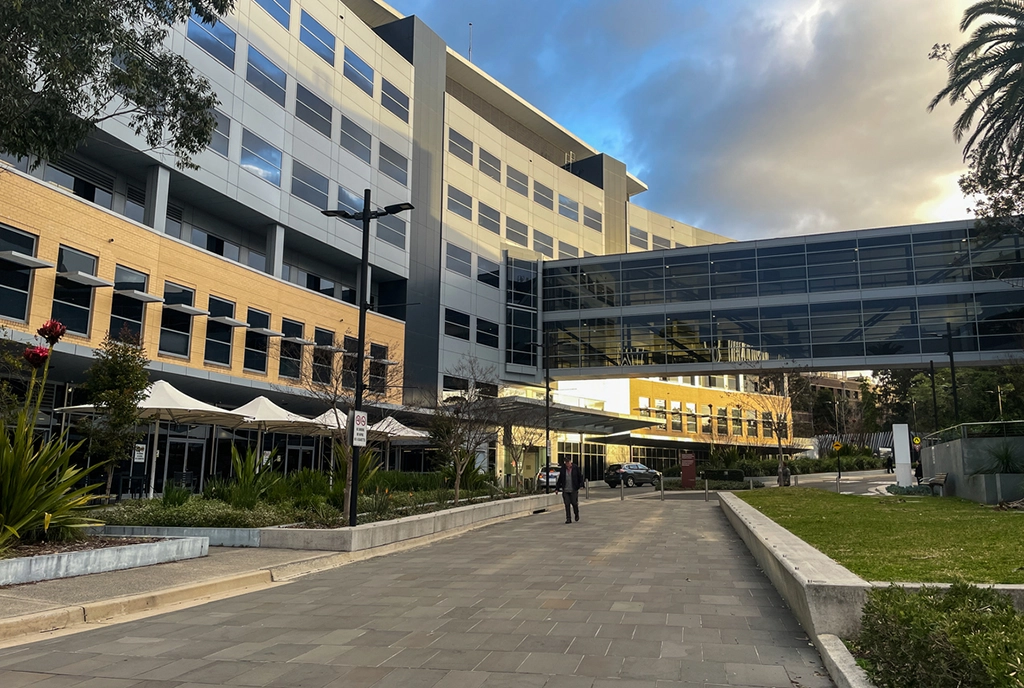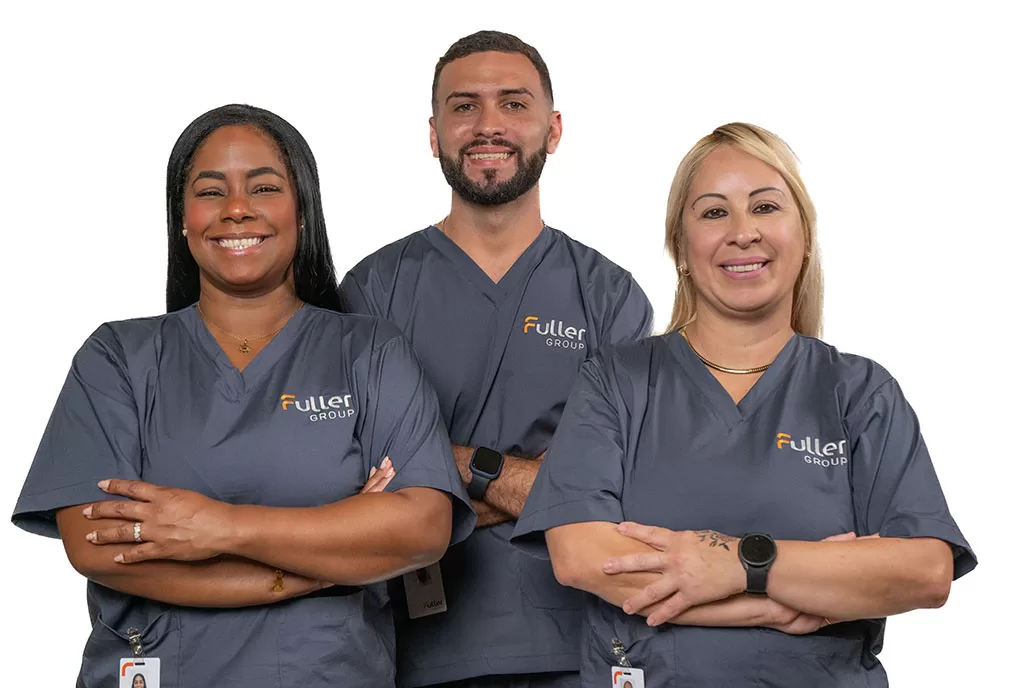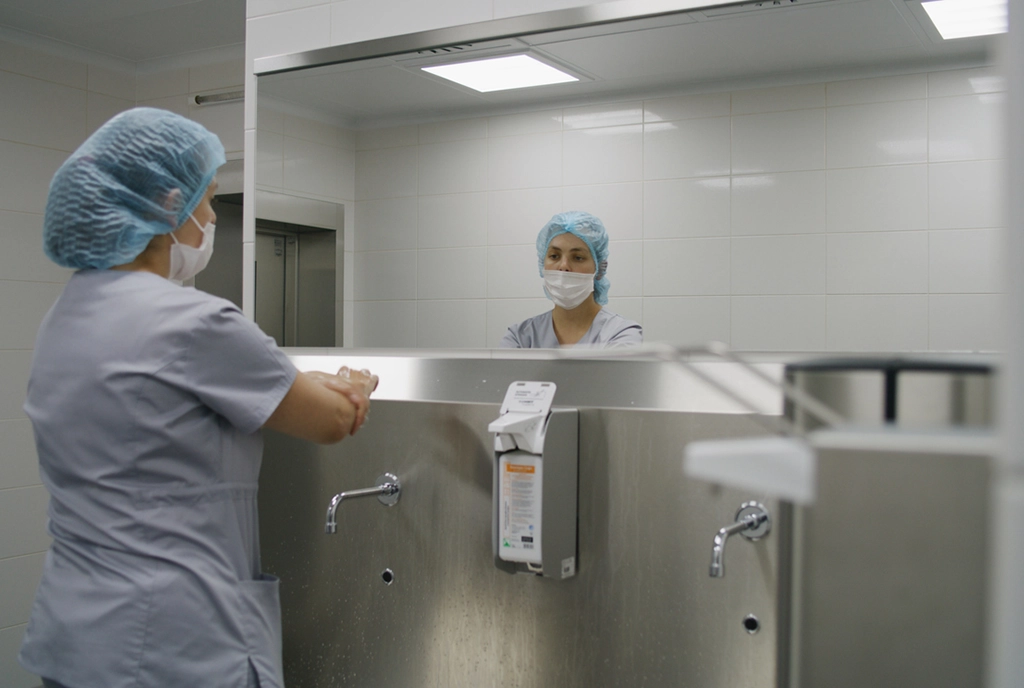Healthcare environments have always demanded more rigor than any other sector: zero-tolerance for infection, strict regulatory oversight, and nonstop pressure to do more with fewer resources. Yet the post-pandemic era has magnified those demands. Leaders now face a dual mandate: The Future of Healthcare Facilities: Strategic Insights for Enhanced Efficiency Through IoT.
Facility management stands at a critical intersection of patient care, operational efficiency, and technological innovation. Healthcare institutions face unprecedented challenges: rising operational costs, heightened infection control standards, regulatory compliance demands, and the need to improve patient experiences while maintaining sustainability. Forward-thinking facility management has never been more essential to healthcare delivery.
How IoT is Transforming Healthcare Facility Management
The Internet of Things (IoT) has emerged as a transformative force in healthcare facility management, creating intelligent environments that can be monitored, analyzed, and optimized in real-time. This digital revolution is reshaping how healthcare spaces function at every level.
Real-Time Monitoring and Predictive Maintenance
IoT sensors strategically placed throughout healthcare facilities now provide continuous monitoring of critical systems, from HVAC performance to medical equipment status. These interconnected devices collect valuable data that facility managers can leverage to transition from reactive to predictive maintenance models.
Rather than waiting for equipment failures that disrupt operations and potentially compromise patient care, IoT-enabled predictive maintenance identifies potential issues before they escalate. For example, sensors can detect unusual vibrations in an MRI machine, signaling the need for maintenance before a catastrophic breakdown occurs. This proactive approach reduces downtime, extends equipment lifespan, and ultimately delivers significant cost savings.
Enhanced Energy Management and Sustainability
Healthcare facilities rank among the most energy-intensive buildings, operating 24/7 with stringent environmental control requirements. IoT technology enables unprecedented visibility into energy consumption patterns through smart meters and sensors that track usage across departments and systems.
Advanced IoT platforms can automatically adjust lighting, heating, and cooling based on occupancy patterns and needs. For instance, unoccupied spaces can be maintained at energy-efficient temperatures, while patient areas remain at optimal comfort levels. Some facilities report energy savings of 15-30% after implementing IoT-based energy management systems, representing substantial financial and environmental benefits.
Optimized Space Utilization
Inefficient space utilization remains a persistent challenge in healthcare facilities, with significant operational and financial implications. IoT-enabled occupancy sensors and traffic flow analysis provide facility managers with data-driven insights into how spaces are actually being used.
These insights enable more informed decision-making about space allocation, renovation priorities, and capacity planning. For example, data might reveal that certain waiting areas are consistently overcrowded while others remain underutilized, prompting reconfiguration to improve patient flow and comfort. This optimization helps healthcare providers accommodate more patients without necessarily expanding physical footprints.
Strategic Benefits of IoT Integration in Healthcare Facilities
Improved Patient Experience and Outcomes
Beyond operational efficiency, IoT integration directly impacts patient experience and clinical outcomes. Smart room technology can automatically adjust environmental conditions to patient preferences, while location tracking for equipment reduces wait times and improves care delivery.
Indoor air quality monitoring—particularly crucial in healthcare settings—helps maintain optimal conditions for patient recovery and staff performance. Accorfing with de National Library of Medicine, Studies suggest that appropriate humidity levels and air exchange rates can reduce infection transmission risks, potentially decreasing hospital-acquired infection rates.
Enhanced Safety and Security Protocols
Healthcare facilities must maintain rigorous security while remaining accessible to patients, visitors, and staff. IoT-connected security systems offer sophisticated monitoring capabilities, from access control to anomaly detection.
IoT platforms can integrate security cameras, badge readers, and motion sensors into cohesive systems that provide comprehensive security coverage while generating valuable data on movement patterns throughout the facility. In emergency situations, these systems can automate responses, such as securing sensitive areas or guiding evacuation procedures through smart lighting pathways.
Data-Driven Decision Making
Perhaps the most profound impact of IoT in healthcare facility management is the shift toward truly data-driven decision-making. The wealth of data generated by interconnected systems provides unprecedented visibility into operations, enabling facility managers to:
- Identify inefficiencies and bottlenecks in patient flow
- Optimize staffing levels based on actual usage patterns
- Quantify the impact of facility improvements on patient satisfaction
- Demonstrate ROI for capital investments in infrastructure
This evidence-based approach transforms facility management from a cost center to a strategic contributor to healthcare delivery and organizational success.

Implementation Challenges and Considerations
Despite the compelling benefits, healthcare organizations must navigate several challenges when implementing IoT solutions:
Cybersecurity and Patient Privacy
Healthcare facilities already manage sensitive patient data, and IoT devices introduce additional potential vulnerability points. A comprehensive security strategy must include device authentication, network segmentation, encrypted communications, and regular security audits to protect both operational systems and patient information.
Integration with Legacy Systems
Many healthcare facilities operate with a mix of modern and legacy infrastructure, creating integration challenges. Successful IoT implementation often requires middleware solutions that can bridge older systems with new IoT platforms, allowing for incremental modernization rather than wholesale replacement.
Staff Training and Adoption
Even the most sophisticated technology remains ineffective without proper staff training and adoption. Healthcare organizations should invest in comprehensive training programs and change management strategies to ensure that facility staff can effectively utilize new IoT tools and workflows.
Looking Ahead: The Future of Connected Healthcare Facilities
As IoT technology continues to evolve, healthcare facilities will increasingly move toward fully integrated smart building systems. Several emerging trends will shape this evolution:
Digital Twins and Simulation Capabilities
Digital twin technology—creating virtual replicas of physical facilities—will enable advanced simulation and planning. Facility managers will be able to test changes virtually before implementing them physically, from renovation impacts to emergency response procedures.
AI-Enhanced Analysis and Automation
Artificial intelligence will increasingly augment IoT systems, moving beyond data collection to advanced analysis and autonomous decision-making. AI algorithms can identify subtle patterns in facility operations that might escape human notice, further optimizing resource allocation and energy usage.
Expanded Interoperability Standards
Industry-wide interoperability standards will continue to develop, allowing for smoother integration between systems and devices from different manufacturers. This evolution will reduce implementation barriers and enable more comprehensive facility management solutions.
How Fuller Group Supports Healthcare Facility Excellence
In this increasingly complex technological landscape, healthcare organizations benefit from partnering with facility management experts who understand both healthcare’s unique requirements and emerging technologies. Fuller Group brings over 50 years of experience providing integrated facility solutions specifically tailored to healthcare environments.
Our comprehensive approach includes:
- Advanced Housekeeping & Infection Control: Utilizing IoT-enabled monitoring systems to ensure consistent adherence to infection control protocols while generating data to continuously improve cleaning efficacy.
- Smart Preventive Maintenance: Implementing predictive maintenance programs that leverage IoT sensors to monitor equipment performance and address potential issues before they impact operations.
- Integrated Pest Control Solutions: Deploying modern pest management techniques that incorporate monitoring technology to prevent infestations before they threaten patient safety or facility operations.
- Expert Landscaping & Grounds Management: Maintaining exterior spaces with sustainable practices and smart irrigation systems that enhance curb appeal while conserving resources.
- Facility Management Consulting: Providing strategic guidance on IoT implementation and technology roadmaps tailored to your facility’s specific needs and goals.
Fuller Group’s technology-forward approach helps healthcare organizations embrace the complexities of modern facility management while focusing on their core mission: providing exceptional patient care. By partnering with Fuller Group, healthcare facilities can leverage the full potential of IoT technologies while maintaining operational excellence and regulatory compliance.
As healthcare continues its digital transformation, facilities that embrace IoT-enhanced management will gain significant advantages in operational efficiency, sustainability, and patient experience. The integration of smart building technology represents a technical upgrade and a strategic imperative for healthcare organizations committed to excellence.
Contact us, let us be your solution.



